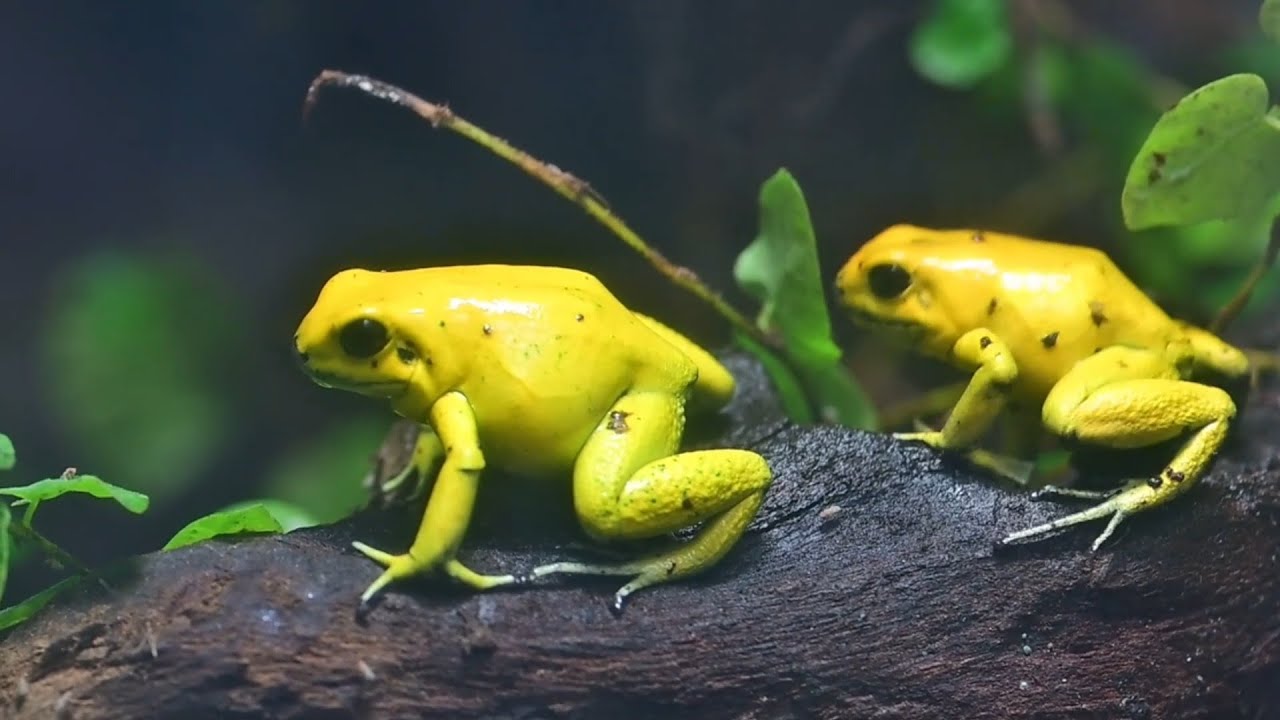– Insights into the dietary needs and feeding behavior of poison frogs
– The critical role of poison frogs in ecosystems and their bioindicator status
– Strategies for feeding poison frogs in captivity to promote health and conservation
– Understanding the potential threats to poison frog populations and conservation efforts
—
Poison frogs, with their vivid colors and intricate patterns, are a captivating subject for those interested in zoology, zoo management, and wildlife conservation. These amphibians, famous for their toxic skin secretions, have evolved a fascinating array of dietary habits and feeding behaviors that play a vital role in their survival. This article delves deeply into the specifics of poison frog feeding time, highlighting the intersection of natural history, conservation, and zoo management.
Poison frogs, belonging to the family Dendrobatidae, are primarily found in Central and South America. Their diet in the wild consists mostly of small insects and arthropods, including ants, beetles, and mites, which contribute to the accumulation of toxins in their skin. These toxins provide a chemical defense against predators, a critical survival mechanism. In captivity, the challenge lies in providing a diet that satisfies their nutritional needs while ensuring their well-being and longevity.
Zoo management professionals utilize various feeding strategies to cater to the poison frogs’ dietary requirements. These strategies include offering a diet of cultured insects, such as fruit flies and pinhead crickets, dusted with a vitamin and mineral supplement to mimic the nutrient composition of their natural prey. This approach supports the health of poisoned frogs and facilitates research and education on these species, raising awareness about their ecological role and conservation needs.
Poison frogs are bioindicators, meaning their presence, absence, or environmental condition can reveal the ecosystem’s health. Their sensitivity to changes in habitat quality, such as pollution and climate change, underscores the importance of monitoring their populations for insights into environmental health. Conservation efforts often focus on habitat protection and establishing captive breeding programs to safeguard these species from threats, including habitat destruction and the illegal pet trade.
Feeding time for poison frogs in captivity allows zoo and aquarium visitors to engage with the fascinating world of amphibians and learn about the importance of biodiversity and conservation. Educators and zoo staff can utilize these moments to discuss the broader implications of poison frog conservation, from the role of sustainable practices in their native habitats to the global efforts required to protect these and other vulnerable species.
The threats to poison frog populations include deforestation, pollution, and climate change, which have led to a decline in the abundance and diversity of their prey. These challenges highlight the need for comprehensive conservation strategies that address immediate and long-term threats to their survival. Through research, public education, and policy advocacy, conservationists aim to mitigate these threats and ensure the survival of poison frog species for future generations.
—
Feeding time for poison frogs offers a window into the complex interplay between diet, health, and conservation. By understanding these amphibians’ specific needs and behaviors, zoo and conservation professionals can better support their survival both in captivity and in the wild. Public engagement and education during feeding demonstrations can foster a deeper appreciation for the ecological significance of poison frogs and the critical need for ongoing conservation efforts. As ambassadors for biodiversity, poison frogs remind us of the fragile balance within ecosystems and the shared responsibility to protect our planet’s remarkable wildlife.
*****
Source Description
Poison dart frogs have captivated people for generations with their vibrant colors and toxicity. Unfortunately, many of these gorgeous frogs risk extinction due to habitat loss and a fungal disease called chytridiomycosis, which scientists believe is exacerbated by climate change. Frogs are not only beautiful and interesting, but they are also crucially important to keeping ecosystems healthy. Adult frogs eat massive quantities of insects annually, including those that carry deadly diseases. They also serve as an important food source for various predators.
#WorldFrogDay #Frog #PoisonDartFrog #PoisonFrog

